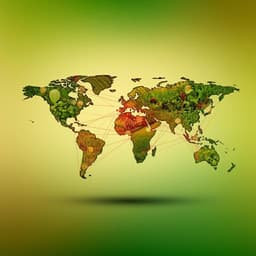
Environmental Studies and Forestry
Impacts of the global food system on terrestrial biodiversity from land use and climate change
E. H. Boakes, C. Dalin, et al.
Discover how Elizabeth H. Boakes, Carole Dalin, Adrienne Etard, and Tim Newbold investigate the biodiversity impacts of the global food system using advanced modeling techniques. Their research uncovers the significant role of greenhouse gas emissions and land use in biodiversity loss, revealing critical insights into the costs borne by nature. Dive into their findings that could reshape environmental decision-making!
~3 min • Beginner • English
Related Publications
Explore these studies to deepen your understanding of the subject.







